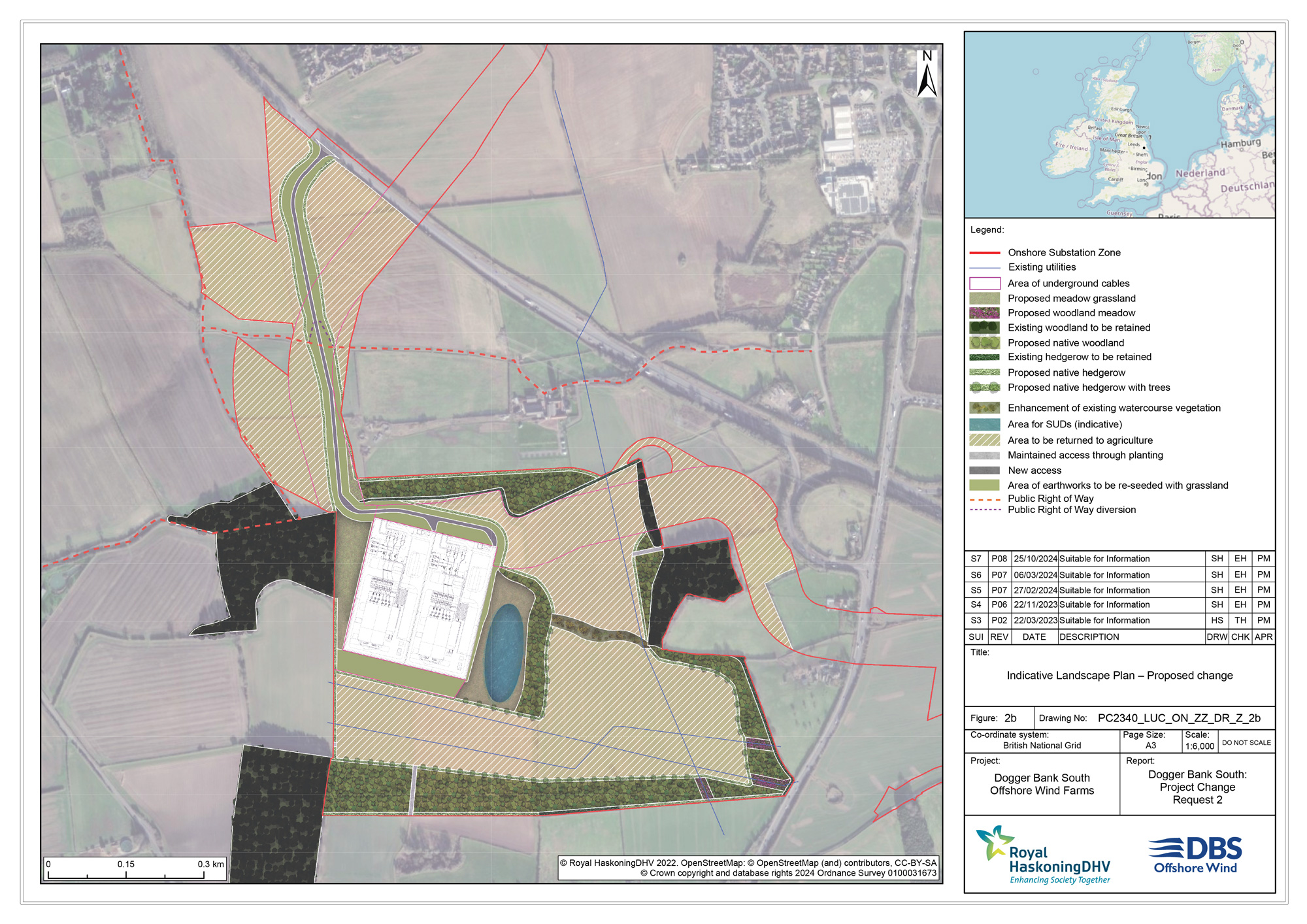The story so far
Timeline
2021
- Offshore and onshore surveys began.
2023
- RWE entered into Agreements for Lease for the offshore array areas with The Crown Estate.
- Preliminary Environmental Impact Reports (PEIR) published.
- Statutory Consultation held between 06 June and 17 July 2023. Find out more about the consultation.
2025
- Examination closes (11 July)
2022
- Scoping Report submitted to the Planning Inspectorate.
- Scoping Opinion issued by the Planning Inspectorate.
- Introductory consultation.
2024
- Masdar became a project partner.
- Development Consent Order submitted and accepted.
Next steps
- Examining Authority submits a report and recommendation to the Secretary of State for Energy Security and Net Zero (SoS)
- SoS reviews the report and publishes a consent decision
Consultation and engagement
Engagement began in 2021, primarily with technical and local authorities, and expanded in 2022 to include landowners and the broader community. Our engagement activities featured expert topic groups, meetings, letters, and a non-statutory consultation period from 09 September to 14 October 2022, that included four public events.
The Statutory Consultation was held between 06 June and 17 July 2023 concentrating on our Preliminary Environmental Information Report. During this time, we organised a series of public events both in-person and online. Feedback led to project changes, which are summarised in our Winter 2023 Newsletter. A comprehensive summary of all consultation feedback and how it has been considered is available as part of the Development Consent Order application.
Stakeholder input was integrated with outcomes from detailed environmental surveys and engineering assessments to achieve the design of the projects as set out in the Project Description Chapter of our Environmental Statement in the DCO application.
Following the DCO submission in June 2024, we engaged in detailed discussions with equipment suppliers and secured a firm grid connection offer from the National Energy System Operator (NESO). This new information allowed us to refine key aspects of the project design.
Such detailed design is unusual at this early stage of offshore wind project development and was made possible through close collaboration with NESO and key equipment suppliers.
Between 15 November 2024 and 16 December 2024, we consulted relevant stakeholders about the proposed design changes. On 10 January 2025, we submitted formal Requests for Change to the Planning Inspectorate, who accepted our refined designs into the examination process on 21 January 2025.
- Onshore: We reduced both the length and width of the two proposed converter stations by about 50% compared with the initial DCO application proposals. This reduction results in lower land use than anticipated, alongside environmental and visual benefits.

Illustration showing the layout of the revised, smaller substation zone accommodating the two onshore converter stations.
- Offshore: We removed several components of the proposed infrastructure, including five out of the original eight offshore platforms within the array areas, and reduced the related inter-platform cables. These changes offer environmental benefits by reducing disturbances to the Dogger Bank sand bank, its benthic wildlife communities, and marine life compared with the initial infrastructure proposals.

Proposed infrastructure for the DBS projects.
Accelerating the UK’s Secure Energy Future
The UK Government aims to enhance energy security by increasing domestic electricity generation, focusing on renewable sources like offshore wind. This strategy reduces reliance on imported fuels, mitigates exposure to volatile international energy markets, and supports the transition to a clean, sustainable energy system.
One of the Government’s key ambitions is to deploy between 43-50GW of offshore wind capacity by 2030, a target reaffirmed in the Industrial Strategy and Clean Energy Industries Sector Plan released on 23 June 2025.
As of January 2025, the UK’s operational offshore wind capacity stood at 14.7GW, leaving significant ground to cover in just a few years. Achieving the Government’s target by 2030 will require substantial investment, innovation, and rapid deployment of new offshore wind projects to accelerate progress toward this critical goal.
Our Contribution: DBS Projects
With an estimated combined capacity of 3GW, the DBS Projects are the UK's most powerful offshore wind farms currently in the Nationally Significant Infrastructure Project (NSIP) planning process, with a consent decision anticipated by the end of the year. They are critical infrastructure projects with the potential to make a significant contribution to a more secure energy future, providing enough clean electricity each year to power approximately 3 million UK households*.
*Calculation based on 2021 generation, and assuming average (mean) annual household consumption of 3,509 kWh, based on latest statistics from Department of Energy Security and Net Zero (Subnational Electricity and Gas Consumption Statistics Regional and Local Authority, Great Britain, 2021, Mean domestic electricity consumption (kWh per meter) by country/region, Great Britain, 2021.
Other pages you might be interested in
Current status
Learn more about the stages of examination that DBS will go through
About RWE and Masdar
In February 2024, RWE and Masdar joined forces to deliver DBS.
Keep in touch
Get in touch and ask questions with our project team